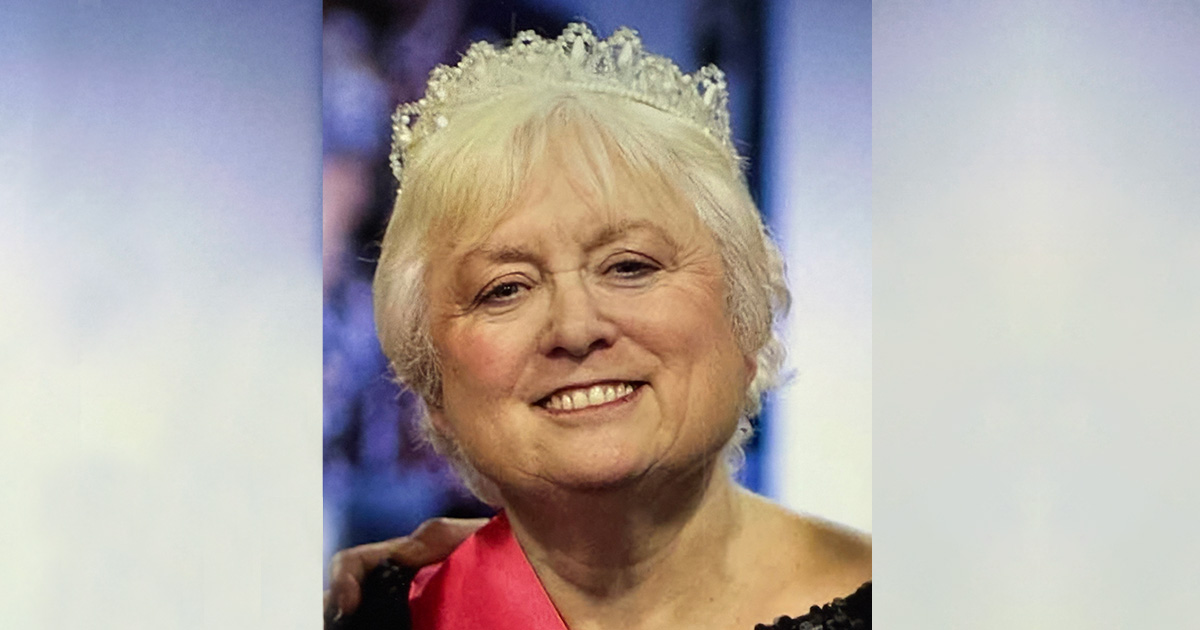At the beginning of my training as a nurse, I was given nephrology as my first ward experience. You can imagine my horror, as a person with type 1 diabetes, when faced with extremely poorly individuals who had renal failure as a result of their diabetes; in the late 1970s, a high percentage of these people died. Strangely, this area of diabetes care has always interested me since that first experience and, as a hospital-based DSN, was my area of specialism.
In September 2008, NICE published the reviewed and updated guidelines for identification and management of chronic kidney disease (CKD; National Collaborating Centre for Chronic Conditions [NCCCC], 2008a). In the guideline, stage 3 CKD has been split into two subcategories (A and B, defined by glomerular filtration rates [GFRs] of 45–49 and 30–44ml/min/1.73m2, respectively), and the presence of proteinuria should also be indicated when defining CKD stage. For the purposes of this classification, proteinuria is defined as a urinary albumin:creatinine ratio (ACR) of 30mg/mmol or more (this is preferred for use in people with diabetes rather than protein:creatinine ratio).
Measuring CKD
As you will be aware, CKD is defined by the measurement of estimated GFR (eGFR), which was adopted in April 2006. At the time there was much confusion within primary care as to the interpretation of such results, and whether it was still necessary to measure microalbuminuria. As a result, we developed our local CKD guidelines to ensure that CKD is correctly identified and managed in order to prevent end-stage renal disease, which is costly to both the individual and the NHS.
The new guidelines from NICE recommend that eGFR should be measured annually in anyone with diabetes, and more frequently if the eGFR gets lower. The following steps are outlined as necessary to identify progressive CKD (NCCCC, 2008a):
- Obtain a minimum of three GFR estimations over a period of not less than 90 days.
- In people with a new finding of reduced eGFR, repeat the eGFR within 2 weeks to exclude causes of acute deterioration of GFR – for example, acute kidney injury or initiation of angiotensin-converting enzyme inhibitor or angiotensin II receptor blocker therapy.
- Define progression as a decline in eGFR of more than 5ml/min/1.73m2 within 1 year, or more than 10ml/min/1.73m2 within 5 years.
- Focus particularly on those in whom a decline of GFR continuing at the observed rate would lead to the need for renal replacement therapy within their lifetime by extrapolating the current rate of decline (NCCCC, 2008a).
Hypertension
In people with diabetes it is crucial to manage blood pressure effectively, as hypertension has a direct negative effect on renal function if not managed successfully (Stevens et al, 2007). The updated guideline concurs with the NICE type 2 diabetes guideline (NCCCC, 2008b) in recommending that in people with CKD and diabetes we should aim to keep the systolic blood pressure below 130mmHg (target range 120–139mmHg) and diastolic blood pressure less than 80mmHg. Of course, the current debate is how low is too low? The general consensus at the moment seems to be to aim for as low a blood pressure as possible without causing side effects such as hypotension.
There is a patient version of the updated guideline available at www.nice.org.uk/CG073. This can be used to raise awareness about kidney disease, and is freely available to inform people with diabetes about this major complication of their condition; it also includes a section on lifestyle advice. With its potentially life-threatening consequences, we would do well to remind the people with diabetes who we care for that they need to be nice to their kidneys!





International Diabetes Federation officially recognises “type 5 diabetes”, decades after first being observed.
24 Apr 2025